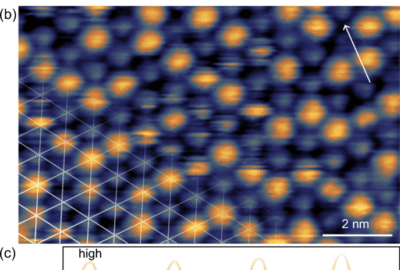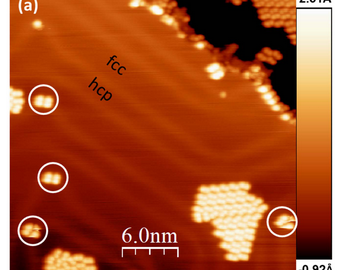publications, Réseau
Surface symmetry effect on the charge transfer at the black, blue, and green phosphorene/graphene interfaces
In the present study, a comparative prediction of atomic and electronic structure of black, blue, and green phosphorene/graphene heterostructures is presented using Density Functional Theory (DFT). The lowest total and interaction energies and highest charge transfer correspond to the blue phosphorene/graphene interface, followed by black and green phosphorene/graphene interfaces. This trend is the same for monolayer, AA-, and AB-stacked bilayer graphene. However, the charge transfer is more important to AB-stacked bilayer graphene at the interface with black and green phosphorene than to AA-stacked bilayer graphene. On another hand, for the charge transfer is more important from AA-stacked bilayer graphene to blue phosphorene, than from AB-stacked bilayer graphene. Besides, small bandgaps appear in phosphorene/bilayer graphene heterostructures, resulting from the symmetry breaking due to the charge difference between the two layers of bilayer graphene. These findings provide useful insights on energetic stability of graphene/phosphorene heterostructures with promising properties for future nanoelectronics devices.
Zineb Kerrami, Yannick J. Dappe, Surface Science, Volume 733, 2023, 122286
Comments are closed






